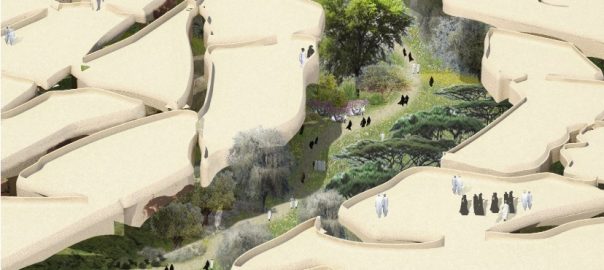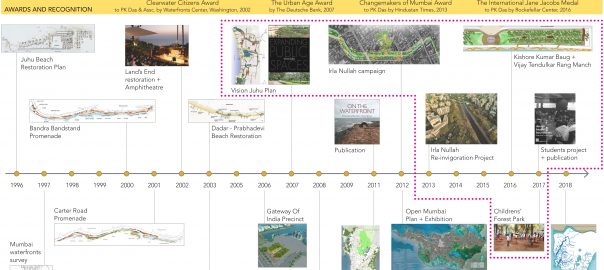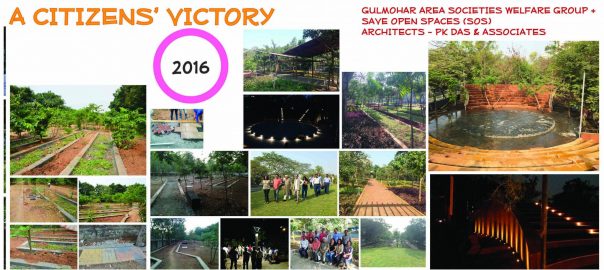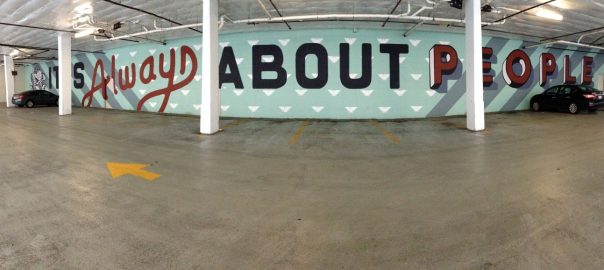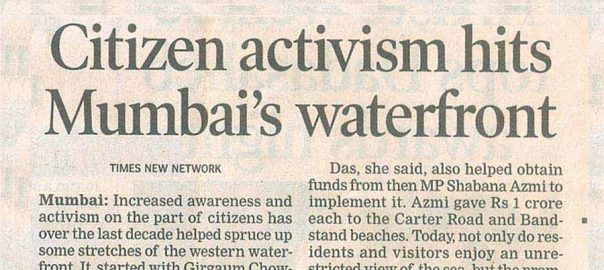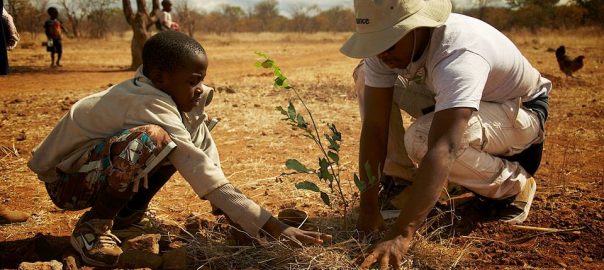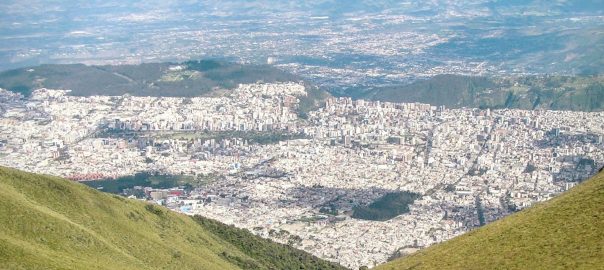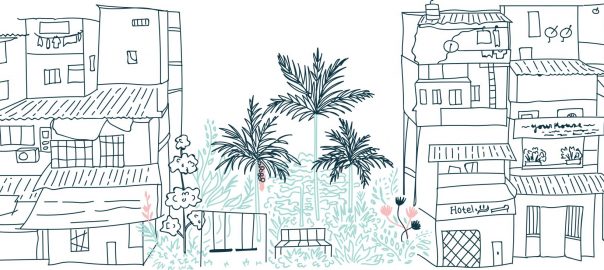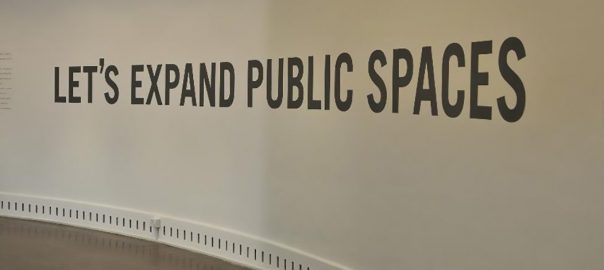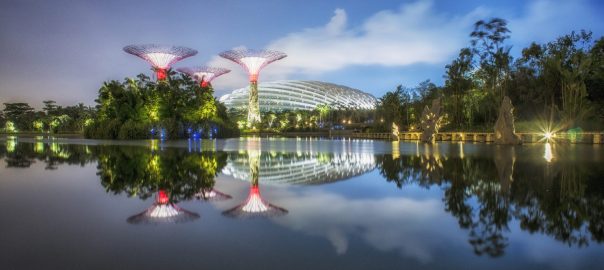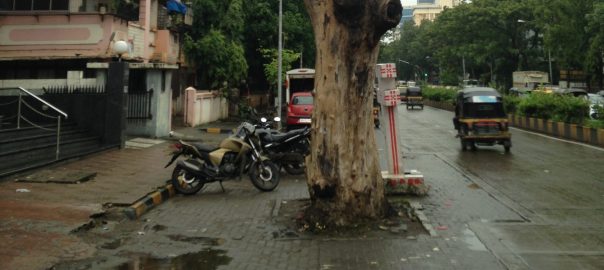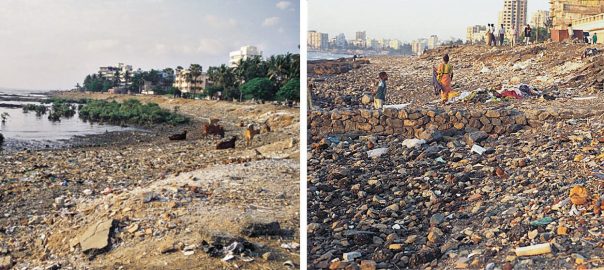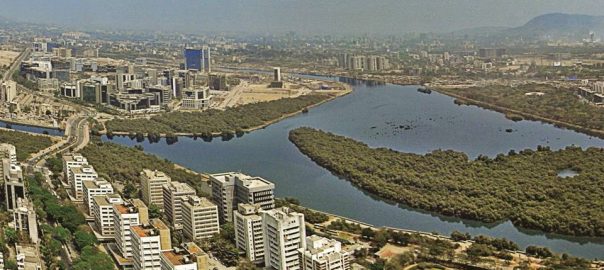PK Das
Mumbai
Architect-Activist
Mumbai, India
P.K. Das is popularly known as an Architect – Activist. His priority has been to establish a very close relation between architecture and people by involving them in a participatory planning process. His wide spectrum of work includes organizing slum dwellers for better living and evolving affordable housing models, engaging in policy framework for mass housing, reclaiming public space in Mumbai by developing the waterfronts, Re-envisioning the Open Spaces of Mumbai, urban renewal and conservation projects along with an architectural practice involving urban planning, urban design, architecture and interior design assignments across the country.
He is the Joint Convener of the Housing Rights Organization called Nivara Hakk Suraksha Samiti, Chairperson of the Mumbai Waterfronts Centre, Council member of the Indian National Trust of Art and Cultural Heritage (INTACH), Mumbai chapter, member of the Steering Committee set-up by MMRDA for the preparation of a Vision Plan for the Mumbai Metropolitan Region, member of the National Advisory Council-Working Group on Alleviation of Urban Poverty including Rajiv Awaas Yojna (RAY) and founder of P.K. Das & Associates, a Planning & Architectural firm.
He has been widely published and has also delivered talks and lectures across the world. His work in the development of Mumbai’s coastline and his slum rehabilitation projects has won him several national and international awards including the first Urban Age Award instituted by the London School of Economics and Deutsche Bank conferred to the Mumbai Waterfronts Centre in which P.K. Das is the Chairperson. ‘Struggle for Housing – A people’s Manifesto’ and ‘A village called Puntamba, a Social-Architectural study’, ‘Vision Juhu-Expanding Public Spaces in Mumbai’, ‘On the Waterfront-Reclaiming Mumbai’s Open Spaces’, ‘Mumbai’s Open Spaces– Maps & A Preliminary Listing Document’ are some of the more known publications of Mr. Das
With an extremely strong emphasis on participatory planning, he hopes to integrate architecture and democracy to bring about desired social changes in the country.
